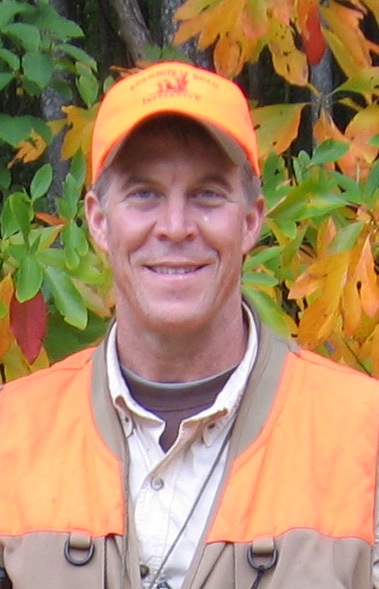BOBWHITE CONSERVATION TODAY: Quail Get Some Muscle
Part 2 of 2
A new quail era begins. Part 1 overviewed the excitement and drama of the early NBCI years. Part 2 brings us  beyond that euphoria, through cold realities and, finally, to a higher plane.
beyond that euphoria, through cold realities and, finally, to a higher plane.
The 2002 NBCI charted daunting challenges for the still-young Southeast Quail Study Group (SEQSG). On the upside, it energized the quail folks. The SEQSG annual meeting had long been a perennial downer, as state after state dutifully reported declining populations every year, with little hope for change. But by 2004 and 2005, the NBCI had helped the SEQSG achieve formerly impossible feats and the tenor changed for the better.
States Embrace New Quail Initiatives
In addition to valuable new habitat programs described in Part 1, the number of state quail initiatives increased from 2 to 18. Several states began creating or strengthening private lands programs, and reallocating money and staff resources to quail. More quail organizations arose, while others began prioritizing quail for the first time. Bobwhites became a national issue, especially as the first “NBCI success stories” emerged. Life for state quail biologists became high profile, fast-paced and demanding.
While observers were impressed at so much progress so quickly, they also wondered how could this momentum be sustained, much less expanded, to “raise our game” to the next level?
‘Duck Guys’ Provide the Model
The duck guys provided the example. The North American waterfowl management community is better organized than any wildlife conservation niche in the world—an international treaty; organization by flyways and joint ventures; long track records of interstate, regional, national and international collaboration; multiple federal agencies to provide umbrella oversight, coordination, funding, research and expertise; a powerhouse NGO capability; multiple federal programs providing crucial funding for habitat restoration; and success that proved the formula. If only the quail guys could get as well organized, we could muster the power to solve bigger, tougher problems.
The bobwhite world always lacked that kind of organized muscle, but it was time to start developing it. We invested the period 2006-2010 in growing and grounding the national bobwhite conservation infrastructure.
- The SEQSG grew and matured from a southeastern regional group into the one national technical group, the National Bobwhite Technical Committee, representing all states in bobwhite range.
- The small southeastern committee of state wildlife agency directors overseeing the NBCI grew into the national NBCI Management Board, composed of some four dozen conservation leaders across the country.
- State wildlife agencies selected the University of Tennessee as the permanent “home” of the NBCI, to secure enduring logistical support and capacity for growth.
- The NBCI strategic plan, itself, grew from 22 to 25 states, changing from the “Northern” to the “National” Bobwhite Conservation Initiative.
- Finally, the original plan was revised by more than 600 biologists from those 25 states, and was converted from a paper to a digital GIS-based plan on the cutting edge of conservation planning technology. (This new NBCI 2.0 strategic plan was unveiled last month in Kansas City, to rave reviews.)
At first, this organizational progress may sound like bureaucracy. To the contrary, it means capability. These steps to unify, organize and elevate the national bobwhite community already have caught the attention of those with money to contribute, allowing the NBCI to hire its first four highly qualified experts in critical disciplines to help the states and partners to advance and accelerate the Initiative.
The bobwhite conservation world is developing muscle.


